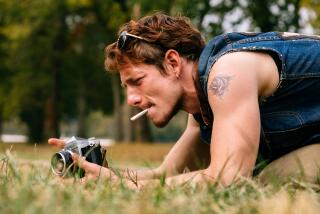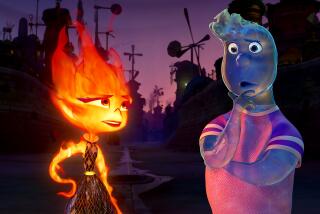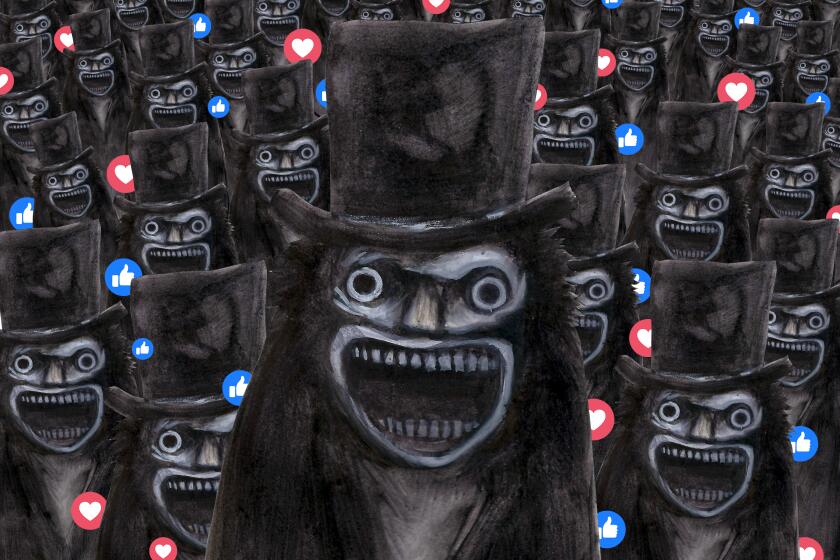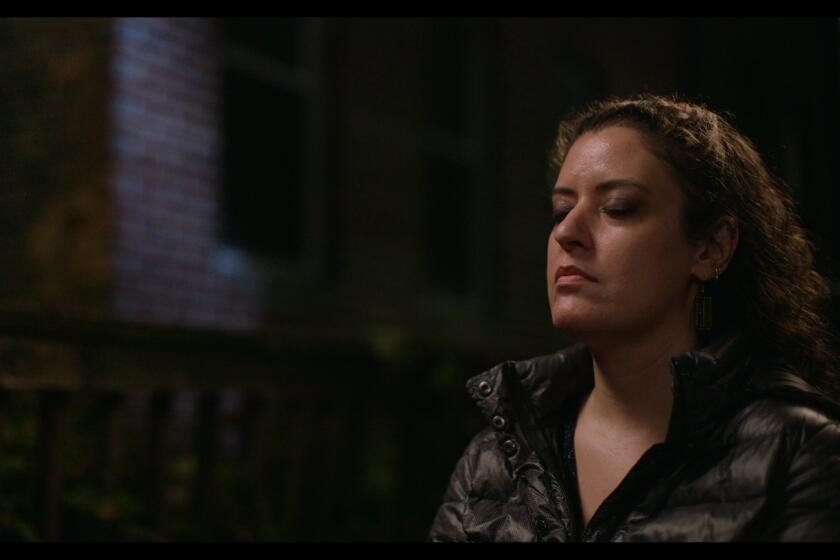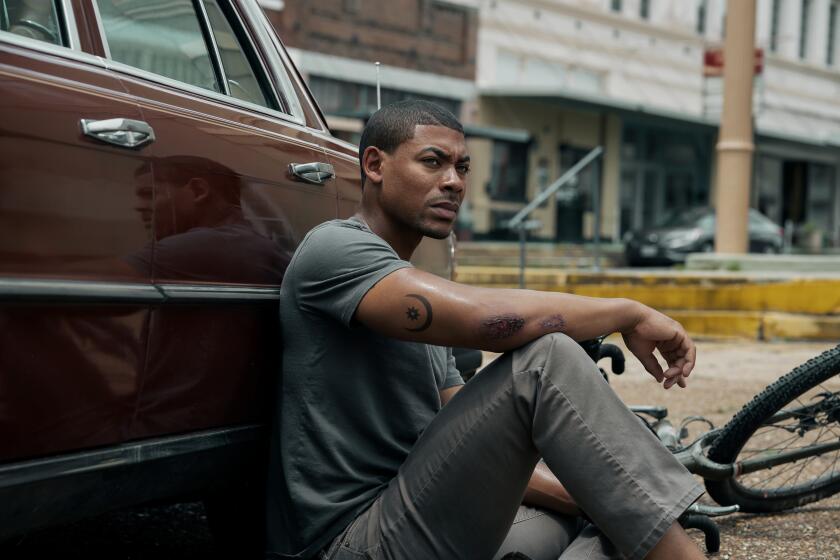Movie review: ‘Under Fire: Journalists in Combat’
An appreciation for news-gathering in extreme conditions, Martyn Burke’s documentary “Under Fire: Journalists in Combat” brings a heightened sense of psychological cost to the work of war correspondents, whose jobs have become increasingly dangerous. (Two reporters were killed in the Great War, whereas 900 have died in the last two decades.)
Using a mix of interviews and subject-relevant combat footage, Burke drives home the traumatic nature of the gig — how it creates adrenaline junkies, ruins personal relationships and often leads to crippling PTSD. Because his interviewees are professional witnesses, their firsthand accounts and the feelings they engendered are brutally vivid — and lead to more than one on-camera breakdown — although Burke’s decision to have some read from their published memoirs, and the occasionally overblown score, create the film’s only distancing effects.
Still, there are many disturbing stories: videographer Jon Steele’s Sarajevo encounter with a sniper-shot child, former AP bureau chief (and bullet wound victim) Ian Stewart’s harrowing experiences in West Africa and Sunday Times of London reporter Christina Lamb’s realization during a Taliban firefight that she’d had more combat experience than the soldiers around her.
But it’s Canadian photographer Paul Watson’s detailed telling of how he captured his controversial Pulitzer Prize-winning 1994 photograph of a dead American soldier dragged through Mogadishu — and the crushing guilt it led to — that might be hardest to forget.
“Under Fire: Journalists in Combat.” No MPAA rating. Running time: 1 hour, 30 minutes. At Laemmle’s Sunset 5, West Hollywood.
More to Read
Only good movies
Get the Indie Focus newsletter, Mark Olsen's weekly guide to the world of cinema.
You may occasionally receive promotional content from the Los Angeles Times.

